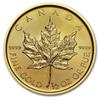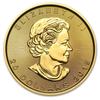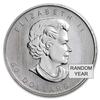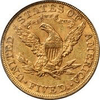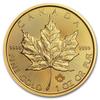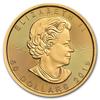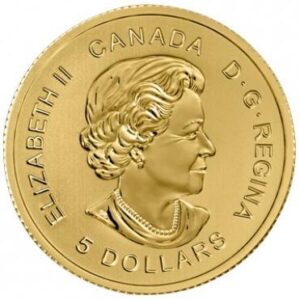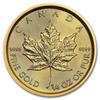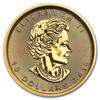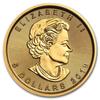View More
Show All Results...
Click to get started or call the number below to speak with one of our Account Executives for more information about availability, pricing, and questions.
Ninety-percent silver bags are often referred to as ‘junk silver’ though this term can be misleading. Ninety-percent silver generally refers to pre-1965 circulated silver dimes and quarters which were all comprised of 90 percent silver and 10 percent copper. These coins are generally sold in $1,000 bags which reflect their face value (i.e., the legal tender value of the coins.) People refer to the face value because, regardless of the denomination of the coins, $1,000 bags all contain the same amount of silver which is generally 715 troy ounces (the gross weight of these bags are approximately 800 troy ounces or 54.85 pounds.)
These bags also come in half and quarter bags (i.e., $500 and $250 bags). Silver bags can be purchased in bags of coins composed of either 90 or 40 percent silver.
90 Percent Silver – 90 percent silver bags are probably acquired more often than 40 percent silver; they contain worn pre-1965 dimes and quarters in any combination. Prior to 1965, silver American coins were composed of 90 percent silver and 10 percent copper. $1,000 face value bags of 90 percent silver weigh about 54-55 pounds and contain a gross weight of 800 troy ounces. The pure silver content of these coins is approximately 715 troy ounces.
40 Percent Silver – 40 percent silver bags consist of only circulated Kennedy clad half-dollars minted between 1965 and 1970. These coins have an outer layer composition of 80 percent silver and 20 percent copper and are bonded to an inner core of 20.9 percent silver and 79.1 percent copper. Slightly lighter than 90 percent bags, these $1,000 face value bags contain approximately 295 troy ounces of pure silver.
| Size | Purity | Weight | Metal Content | Diameter |
|---|---|---|---|---|
 90% Junk Silver 90% Junk Silver | 90% | Varies | Varies | Varies |
Specifications are obtained from sources believed to be reliable. However, Goldline does not guarantee their accuracy.
Ninety-percent silver bags are often referred to as ‘junk silver’ though this term can be misleading. Ninety-percent silver generally refers to pre-1965 circulated silver dimes and quarters which were all comprised of 90 percent silver and 10 percent copper. These coins are generally sold in $1,000 bags which reflect their face value (i.e., the legal tender value of the coins.) People refer to the face value because, regardless of the denomination of the coins, $1,000 bags all contain the same amount of silver which is generally 715 troy ounces (the gross weight of these bags are approximately 800 troy ounces or 54.85 pounds.)
These bags also come in half and quarter bags (i.e., $500 and $250 bags). Silver bags can be purchased in bags of coins composed of either 90 or 40 percent silver.
90 Percent Silver – 90 percent silver bags are probably acquired more often than 40 percent silver; they contain worn pre-1965 dimes and quarters in any combination. Prior to 1965, silver American coins were composed of 90 percent silver and 10 percent copper. $1,000 face value bags of 90 percent silver weigh about 54-55 pounds and contain a gross weight of 800 troy ounces. The pure silver content of these coins is approximately 715 troy ounces.
40 Percent Silver – 40 percent silver bags consist of only circulated Kennedy clad half-dollars minted between 1965 and 1970. These coins have an outer layer composition of 80 percent silver and 20 percent copper and are bonded to an inner core of 20.9 percent silver and 79.1 percent copper. Slightly lighter than 90 percent bags, these $1,000 face value bags contain approximately 295 troy ounces of pure silver.
| Size | Purity | Weight | Metal Content | Diameter |
|---|---|---|---|---|
 90% Junk Silver 90% Junk Silver | 90% | Varies | Varies | Varies |
Specifications are obtained from sources believed to be reliable. However, Goldline does not guarantee their accuracy.

